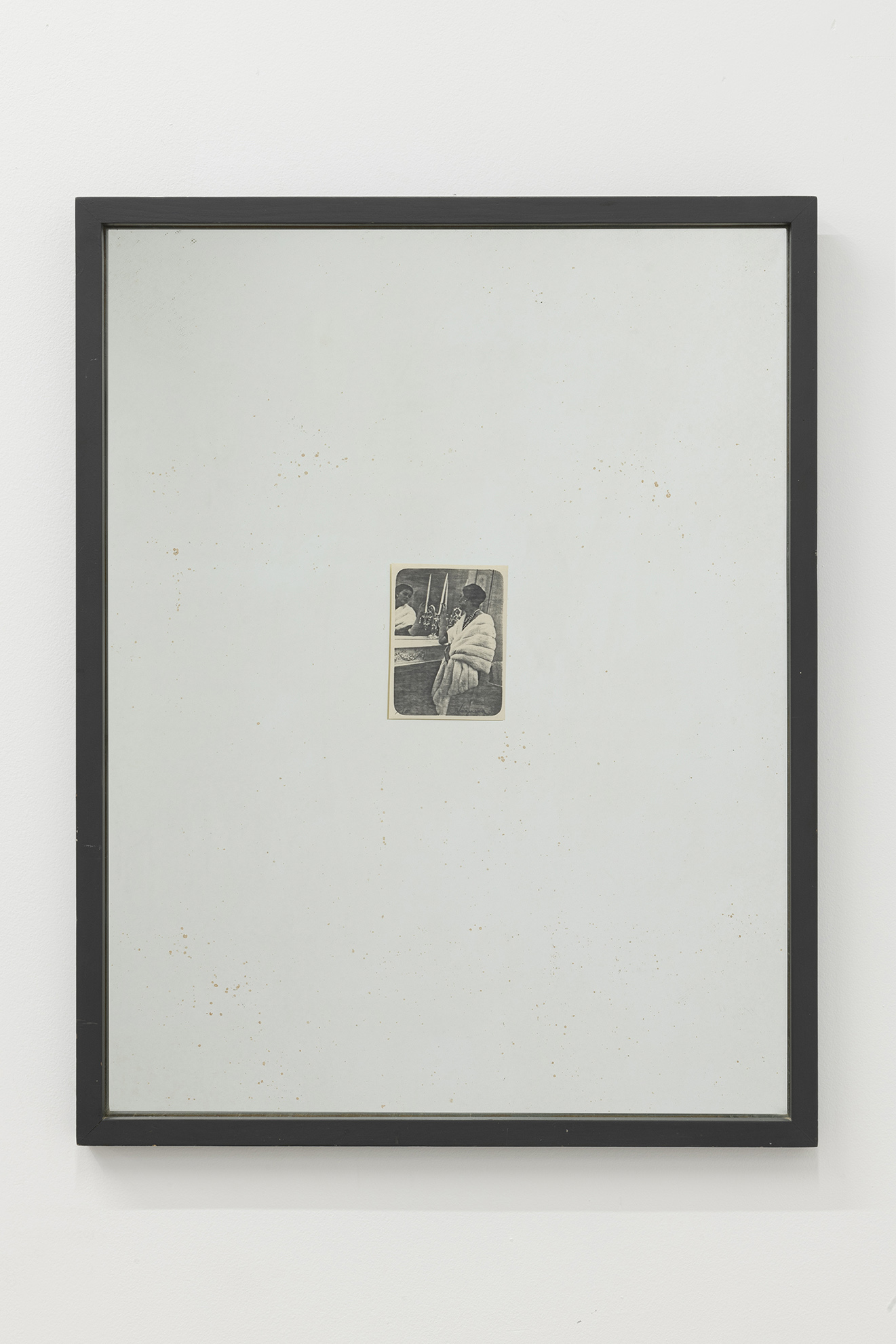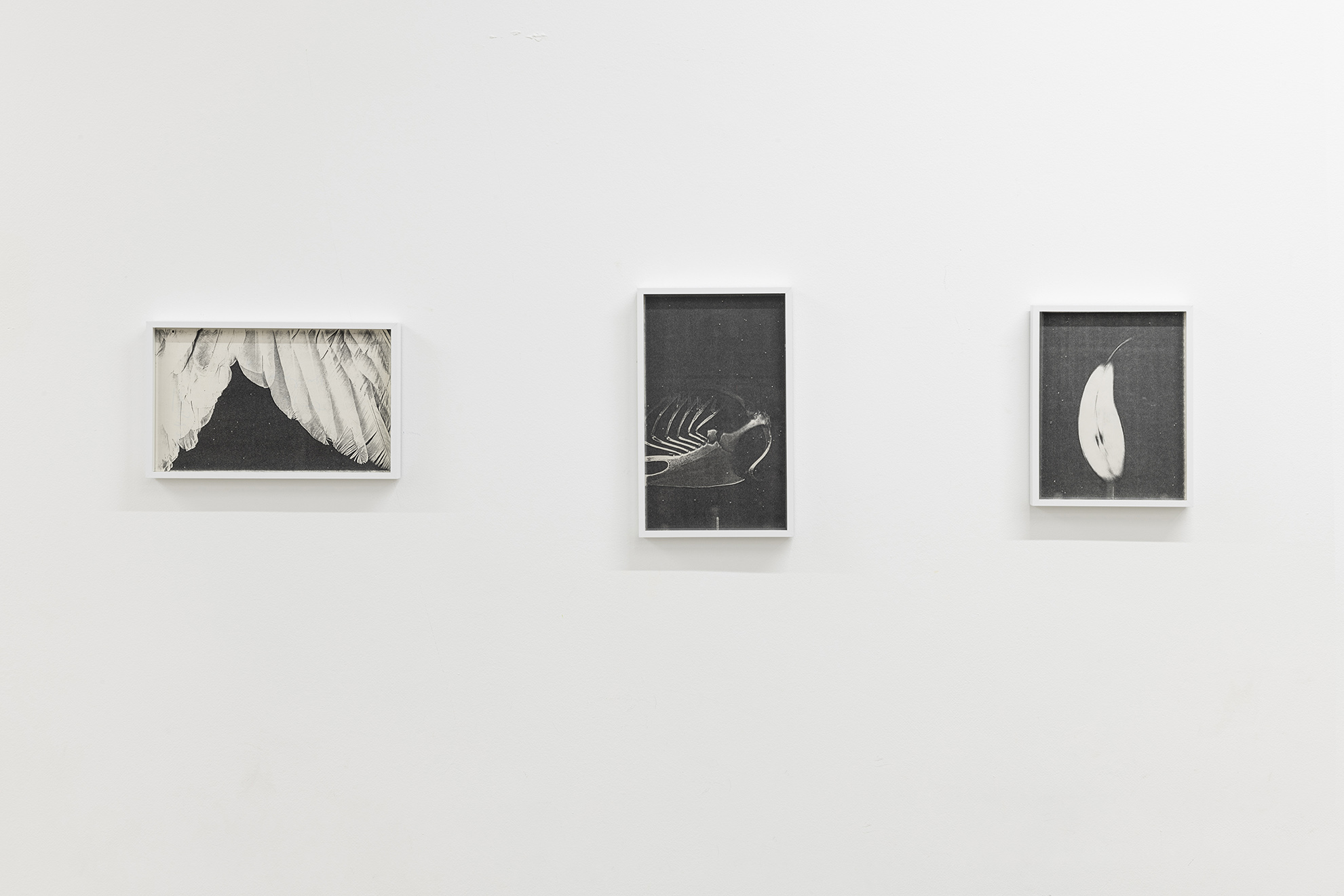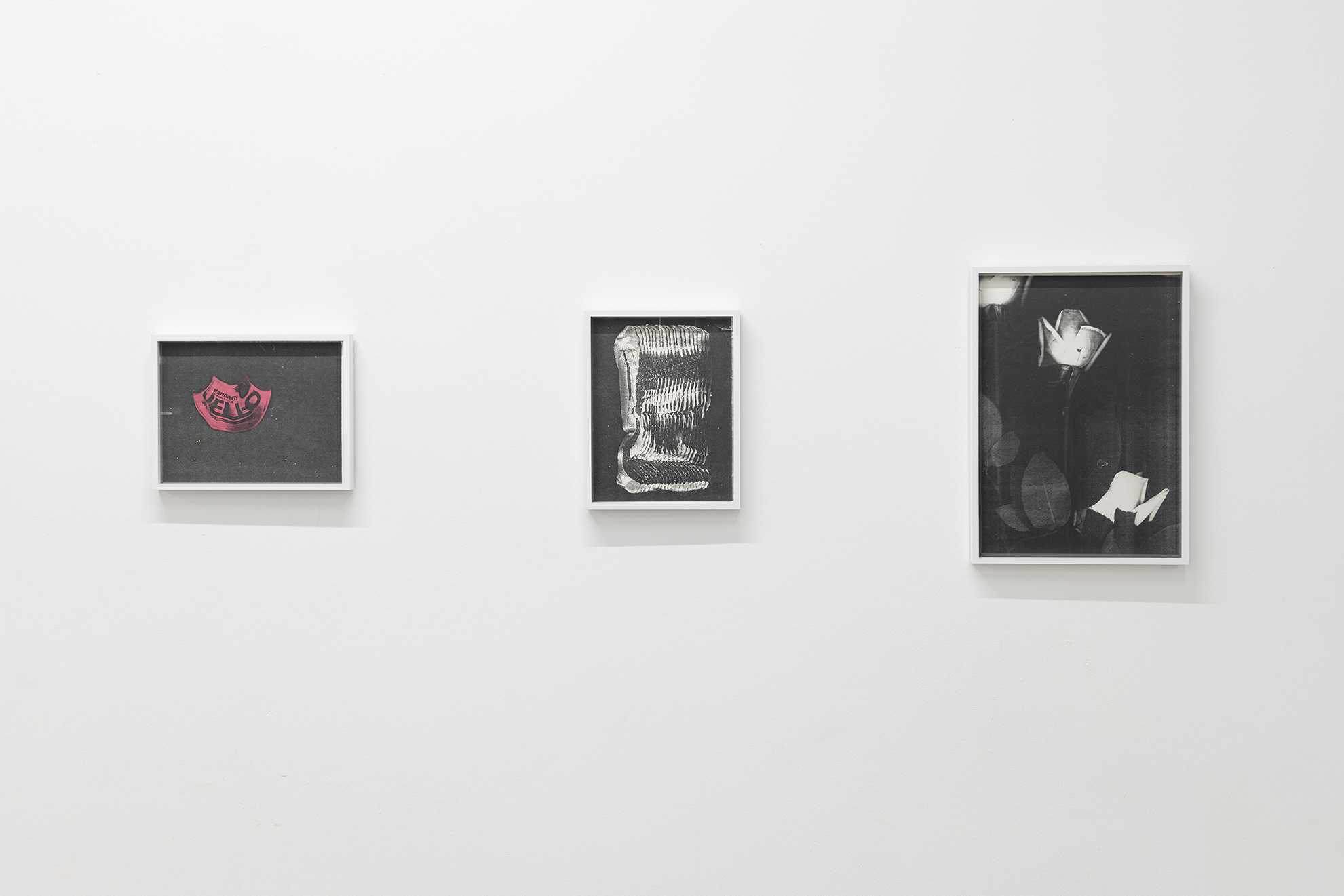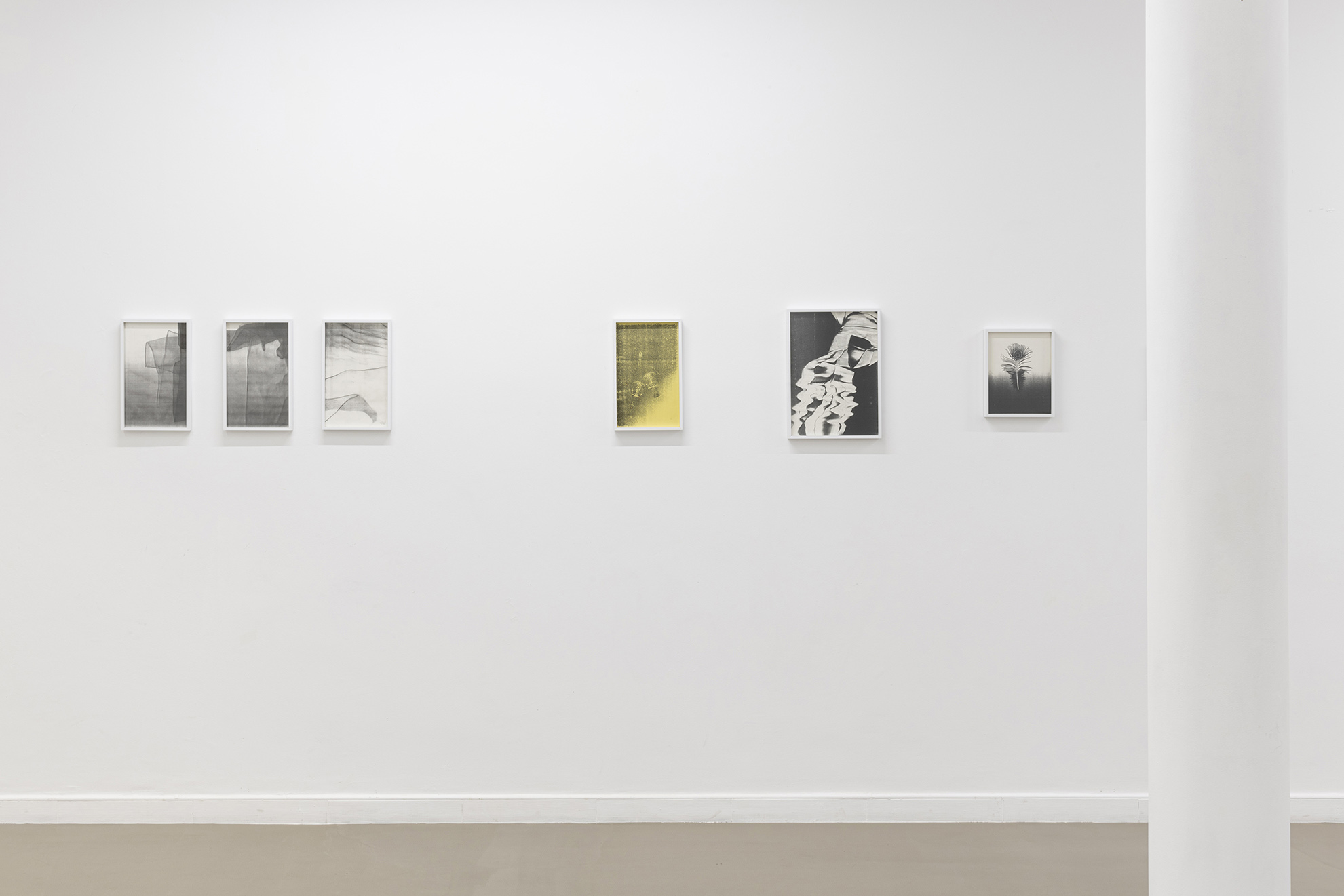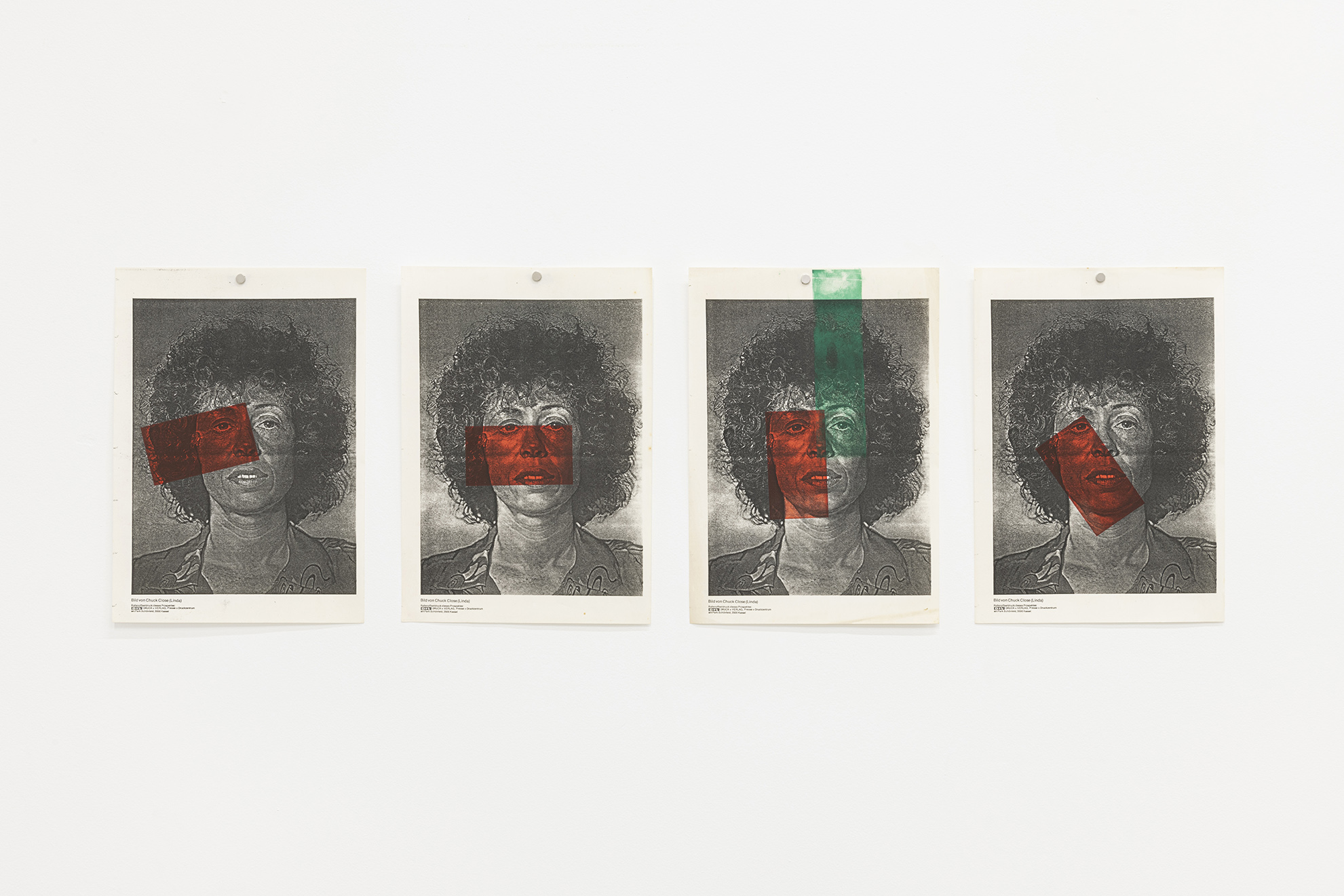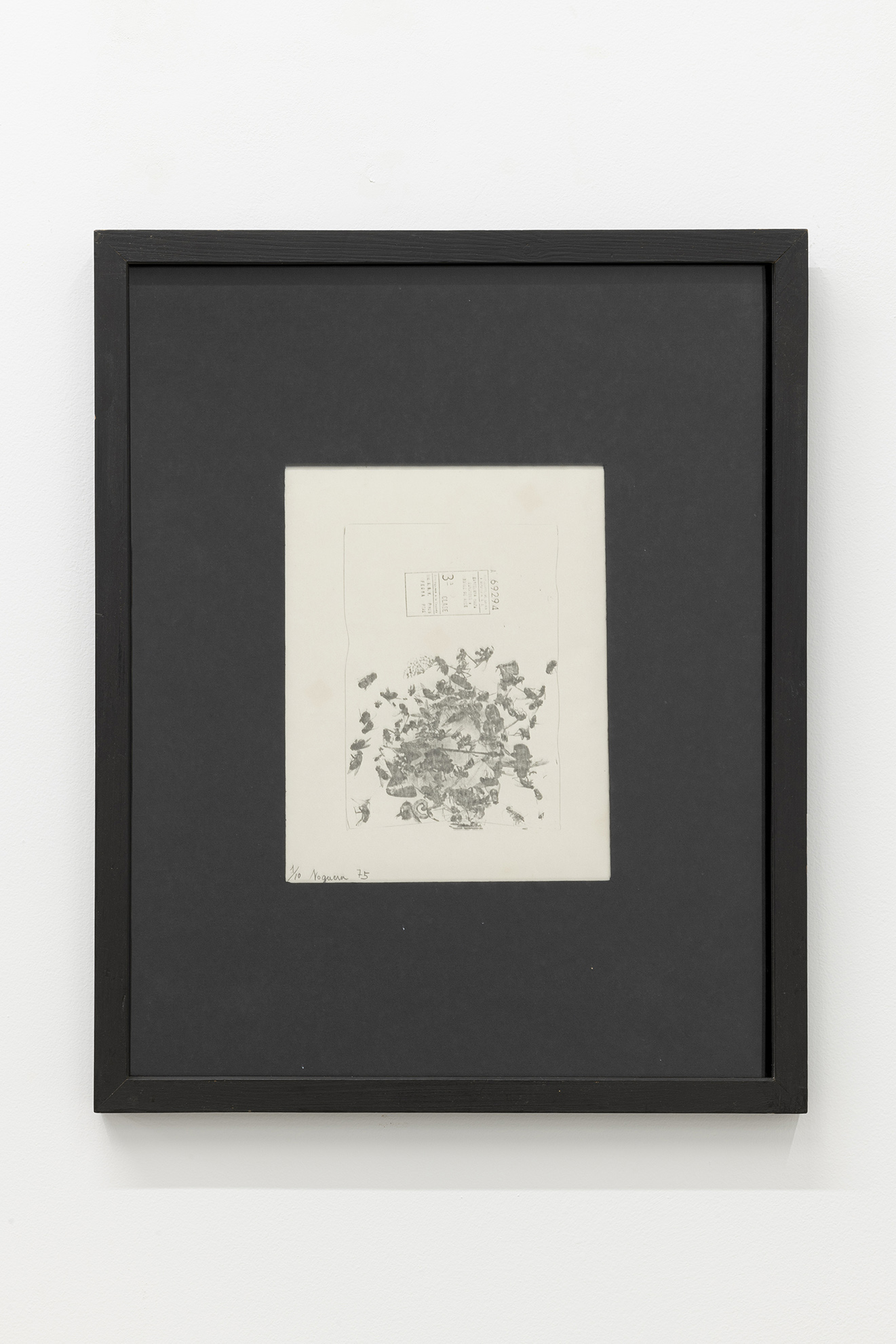14 November – 14 January 2023
Barcelona
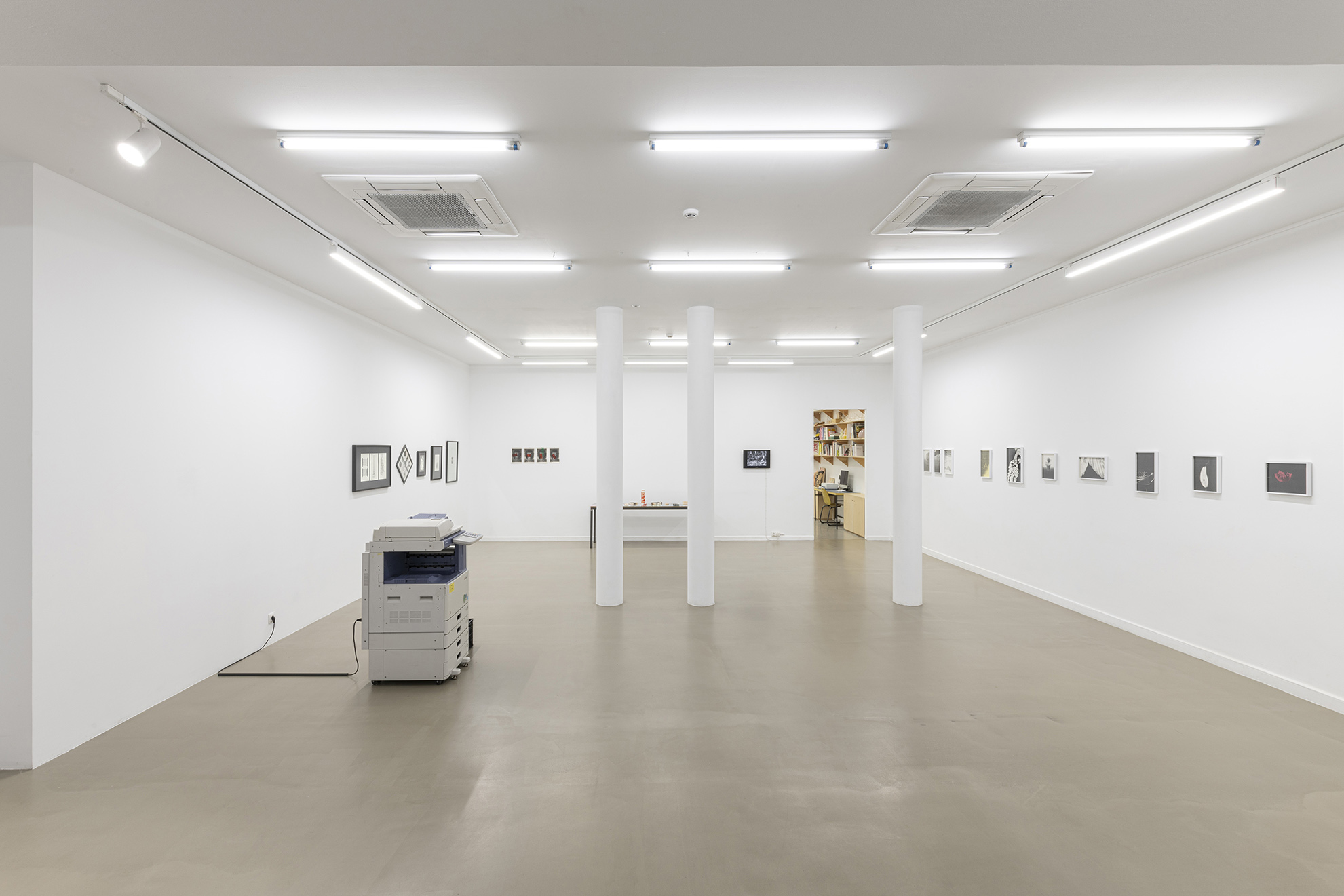


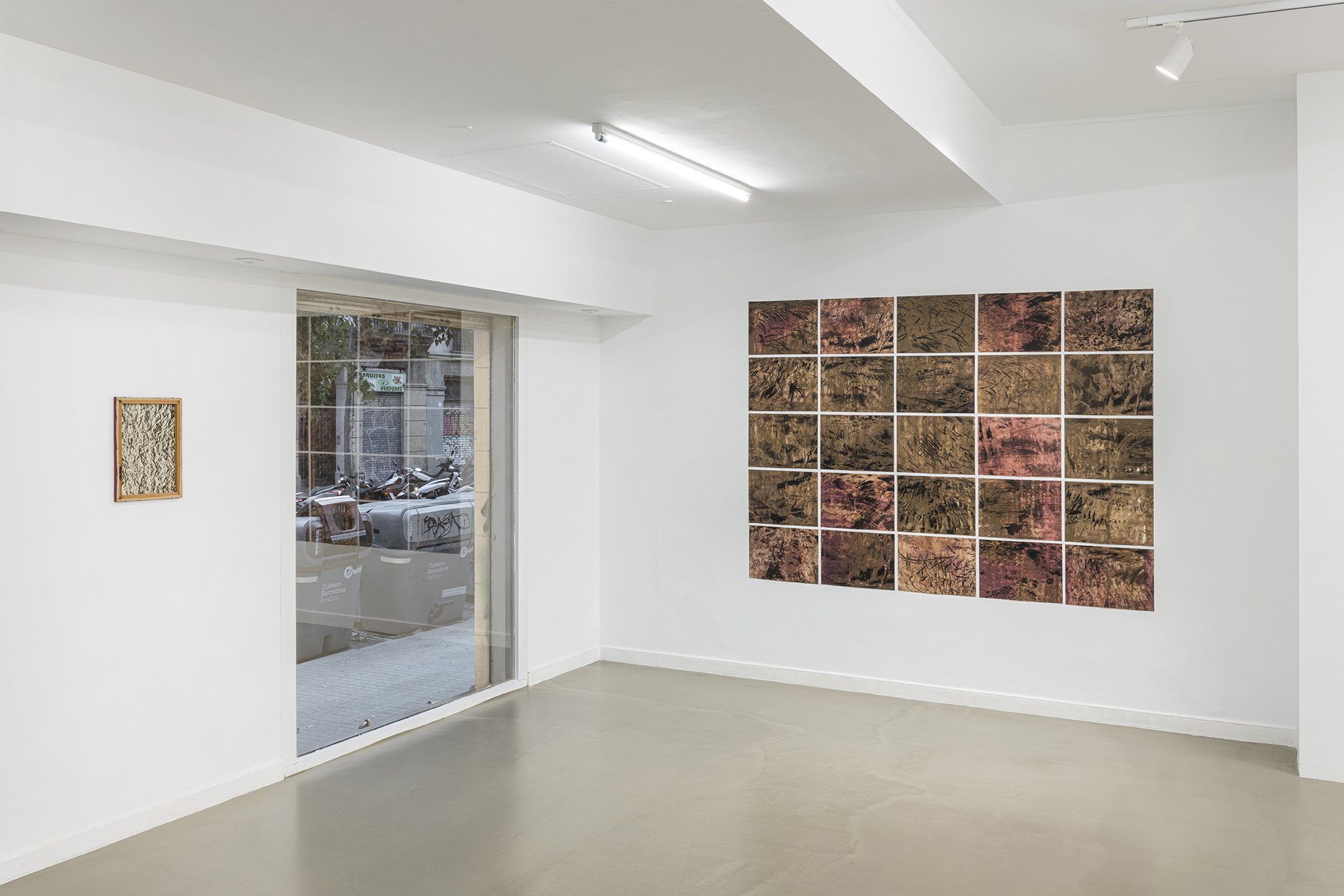

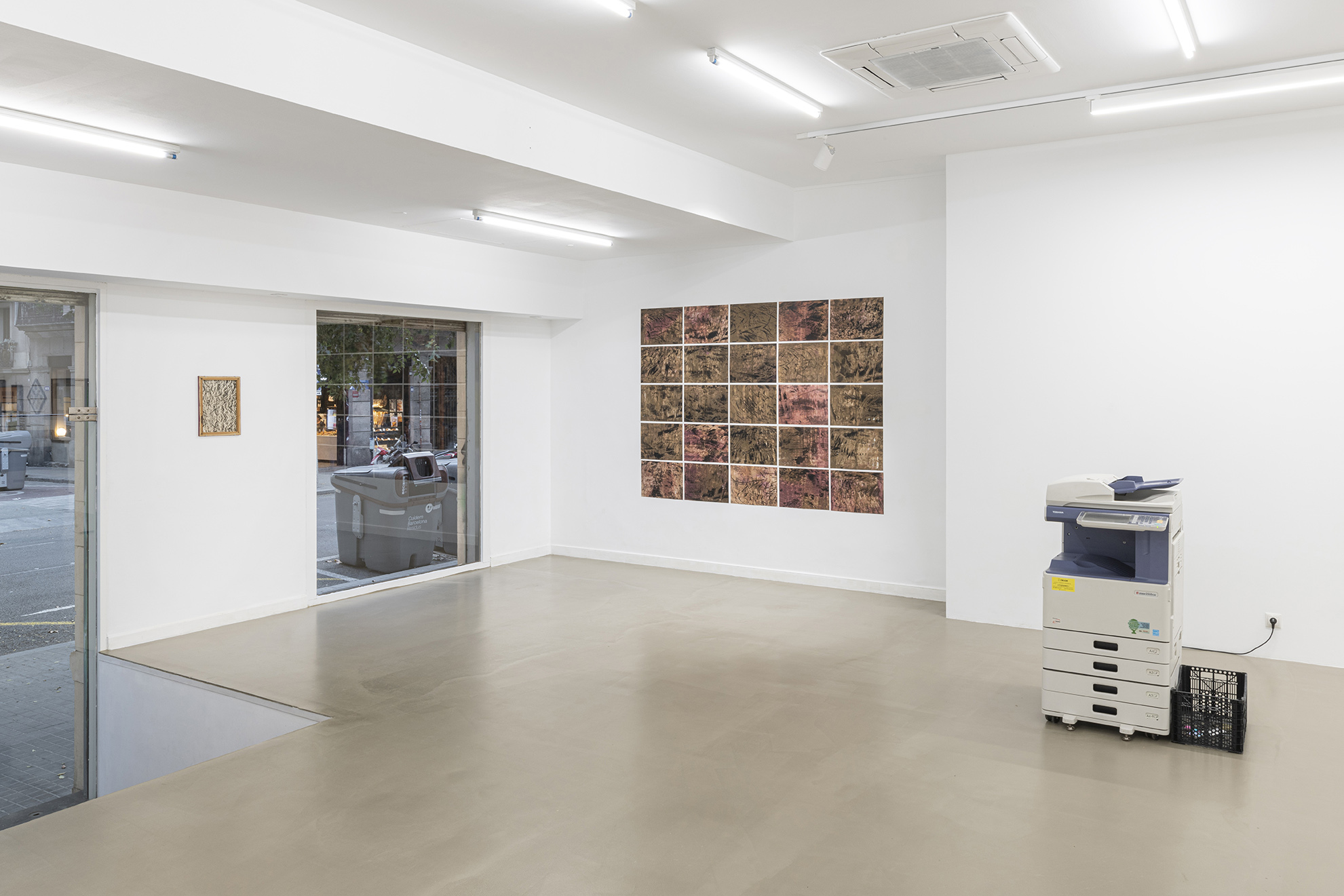
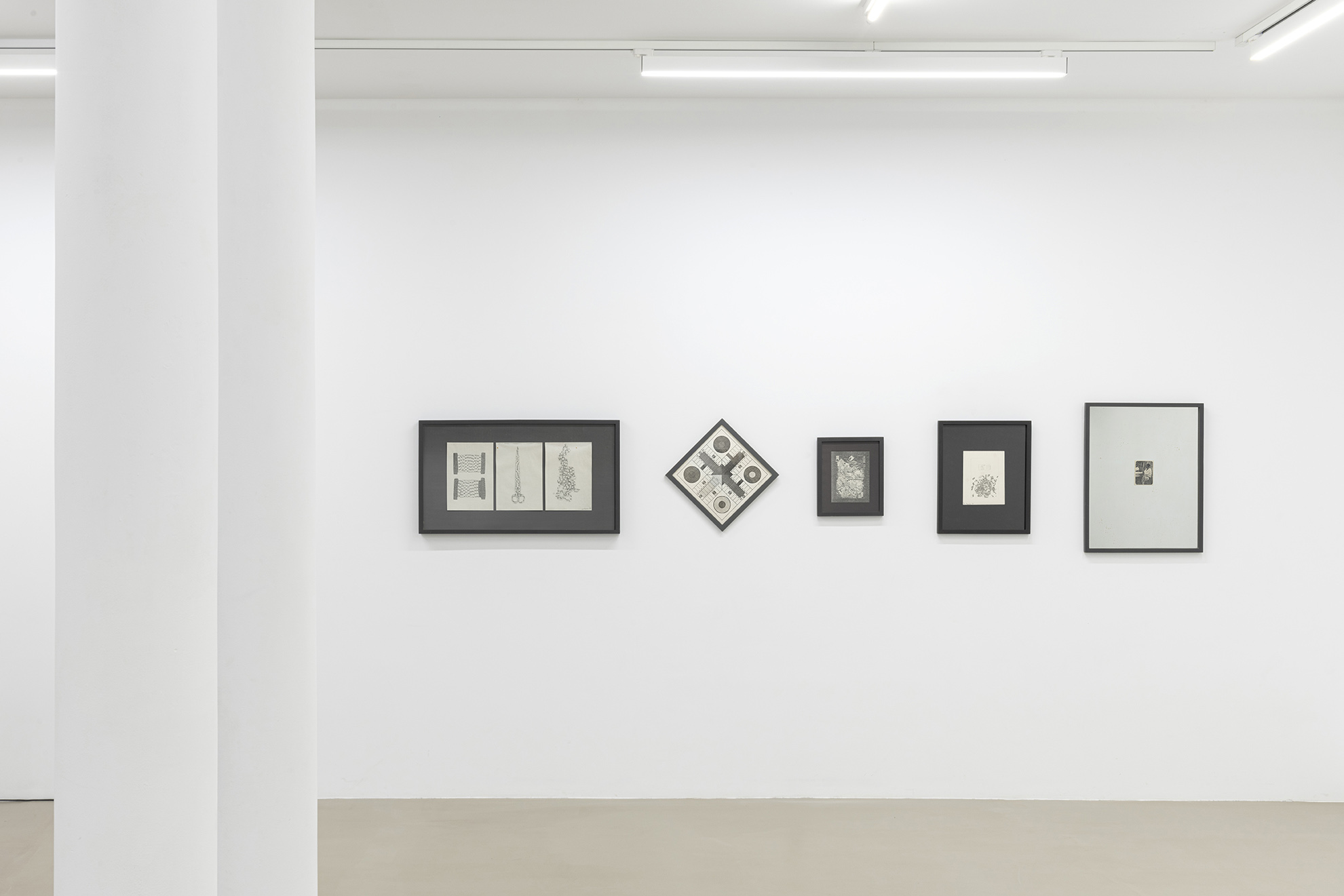
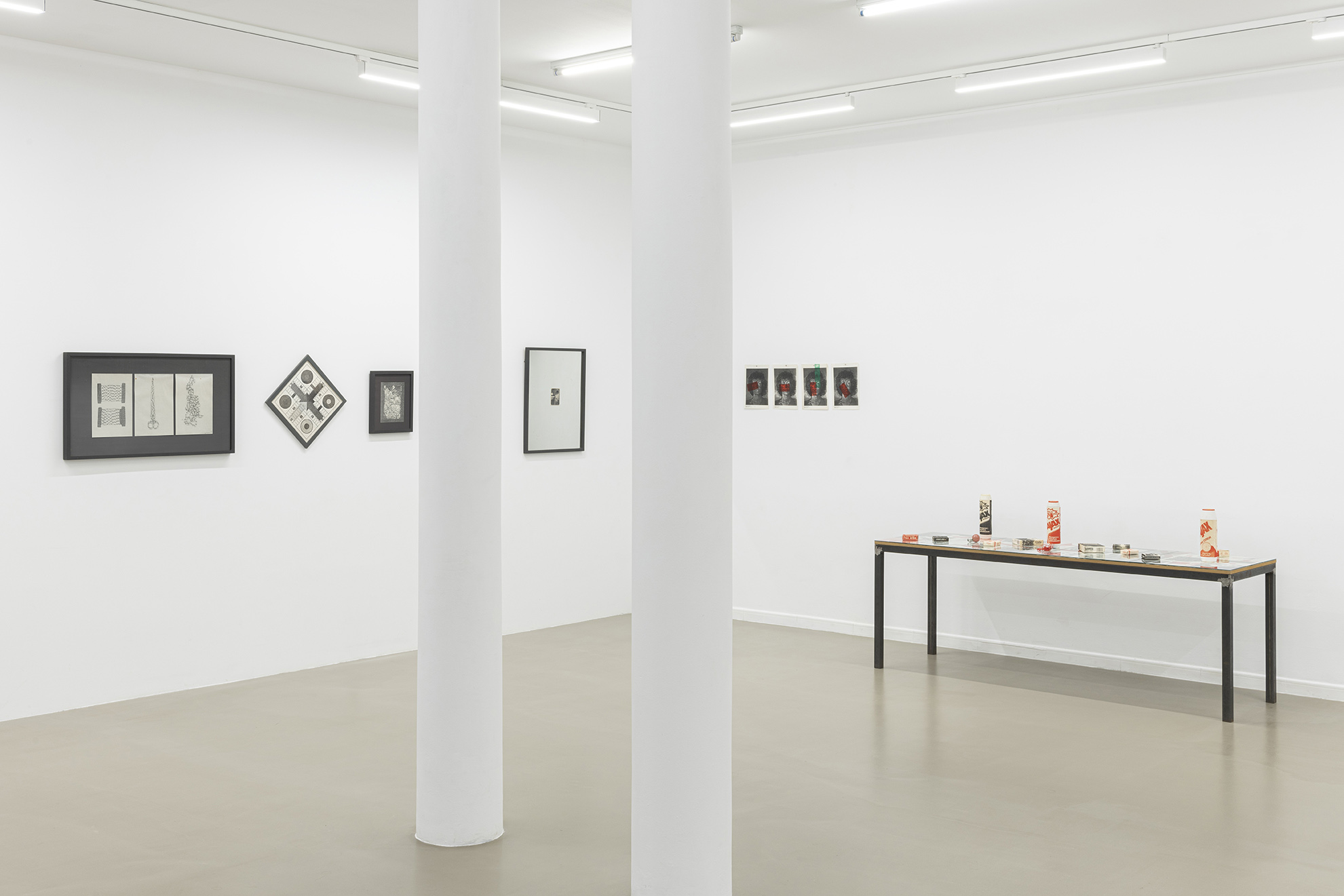

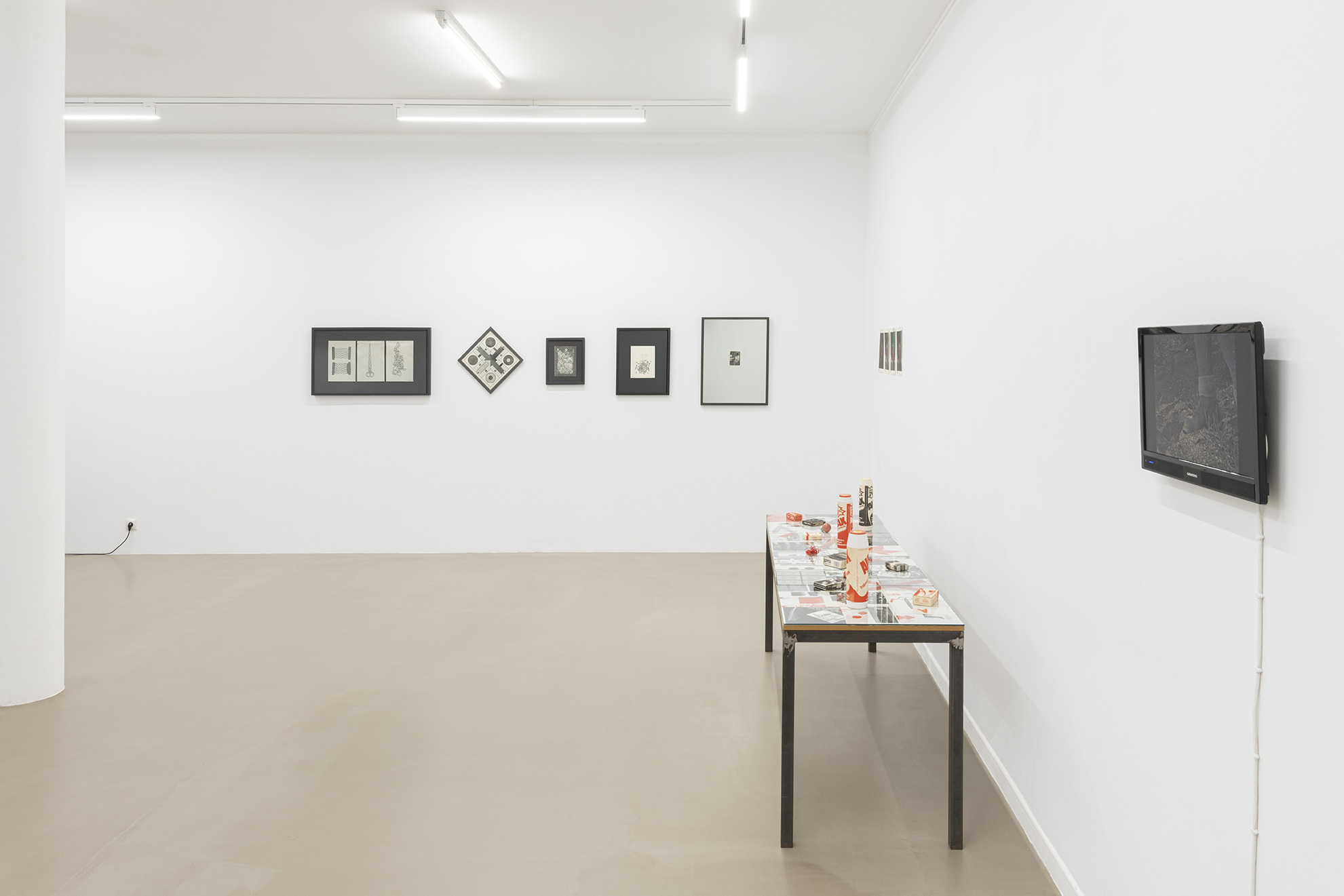



know more about
A couple of years ago we got to know the work of the American artist Pati Hill thanks to the gallery Air de Paris. Soon after, we had the opportunity to personally meet Pere Noguera and go through his extensive body of work with the photocopier in the 70s and 80s. This temporal coincidence awoke in us the desire to put these two artists in dialogue with Jordi Mitjà, an artist of a different generation who continues to use this tool to work.
The result of this dialogue is Every Repeated Object Fills A Unique Space, an exhibition that takes as its title a work by Pere Noguera and revolves around photocopying as a means of exploring the potential of the copy as an image. The proposal is not intended to be a historical exhibition on the art of the photocopy, but rather an approach to the work of these three artists who happen to have used the photocopier as a tool for working with the image and its reproduction.
The photocopier began to be used for artistic purposes in the United States in the 1960s. Its ability to reproduce images instantaneously and seemingly infinitely, allows artists to question the uniqueness and originality of the work while quickly and easily disseminating their ideas.
Pati Hill (1921, USA – 2014, France), poet and visual artist, left an extensive body of work exploring the relationship between text and image. Through the use of the photocopier – a machine often associated with secretarial work and thus feminised labour – she traces everyday objects such as a pair of high heels, a packet of bacon or a folded shirt, with the intention of methodically translating domestic and invisible labour into a visual and public language.
Through the use of the photocopier, Hill created a model of artistic production that opposed both individual expression and the supposed neutrality of technologically produced images. The artist’s work with photocopying expands over 40 years, with the aspiration to create works where image and text “fuse to become something other than either”. For Hill, “Copiers bring artists and writers together. Copies are an international visual language, which talks to people in Los Angeles and people in Prague the same way. Making copies is very near to speaking”.
This exhibition is the first to present her work in Spain, for which we have selected 10 pieces from different series from 1974 to 1990. Hill’s works are characterised by an intense black that the artist achieved thanks to an IBM Copier II photocopier – one of the leading machines at the time – which the artist loaded with toner more than usual, thus pushing the tool to its limits. Pati Hill was also a promoter of the art of photocopying, opening a gallery in Paris and another in Sens, the Galerie Toner, specialising in artists who worked using this tool.
Pere Noguera (1941, La Bisbal d’Empordà) also began to experiment with the photocopier in the 1970s. His initial intention of greying objects and images in order to unify them within the same achromatic space led him to develop a fascination for a fast reproduction device within everyone’s reach, since its use does not require complex technical knowledge. Photocopying also allowed Noguera to serialise his work in a systematised way.
As a result of this research, in 1975 he presented the celebrated exhibition The Photocopier As A Work-Document at the Sala Vinçon in Barcelona, some of the works of which can be seen in the exhibition. In addition to the selection of works shown at Sala Vinçon, Noguera presents the work SuperCroix, an installation that the artist made in the 1980s in Lyon and which has not been presented again until today. Noguera carried out a series of experiments and workshops with the public visiting the exhibition, the result of this research is the piece Supercroix, a set of familiar domestic objects “objects that could be on many people’s shopping lists” that the artist unifies by running them through the photocopier and thus converting them into monochrome, black and red.
We also present the work Documenta, four original photocopies of a press release from the 1972 Documenta in Kassel with a reproduction of a work by Chuck Close. Noguera, captivated by the power of the portrait, folds it and puts it in his pocket, and when he arrives at the studio, he photocopies it and intervenes with red and green.
The work of Jordi Mijtà (1979, Figueres) arises from the study of particular materials from the area where he lives and where he grew up. The artist operates from an appropriationism redrawn in terms of archival logic. That is to say, his work is born of an ambivalent process of accumulation and rejection of knowledge that at the same time functions as a trigger for the execution of his work. In keeping with his multifaceted line of work, Mijtà uses the photocopier and scanner as a tool for experimenting with archival material, for pressing and capturing ephemeral situations, as well as for working with his publications, a fact that has led him to use photocopying as a tool for reproducing images and facilitating their dissemination.
In the exhibition Mitjà presents a series of xerographic prints made with previously painted paper and then manipulated by means of the photocopier, an experiment and a way of working with the photocopier plastically. Mitjà places sand – which belongs to one of his sculptures – on top of the glass of the machine and tries to contain it, thus generating a series of abstract and unique images, which take us away from the conventional photocopied image.
He also presents an appropriated photocopy that was found behind an anonymous painting and an action that will revolve around the photocopier and that will be activated during the days of the exhibition. Visitors will be able to photocopy any object they have, on the condition that they leave it in the room for the duration of the exhibition in exchange for taking the copied image with them.
Read More








